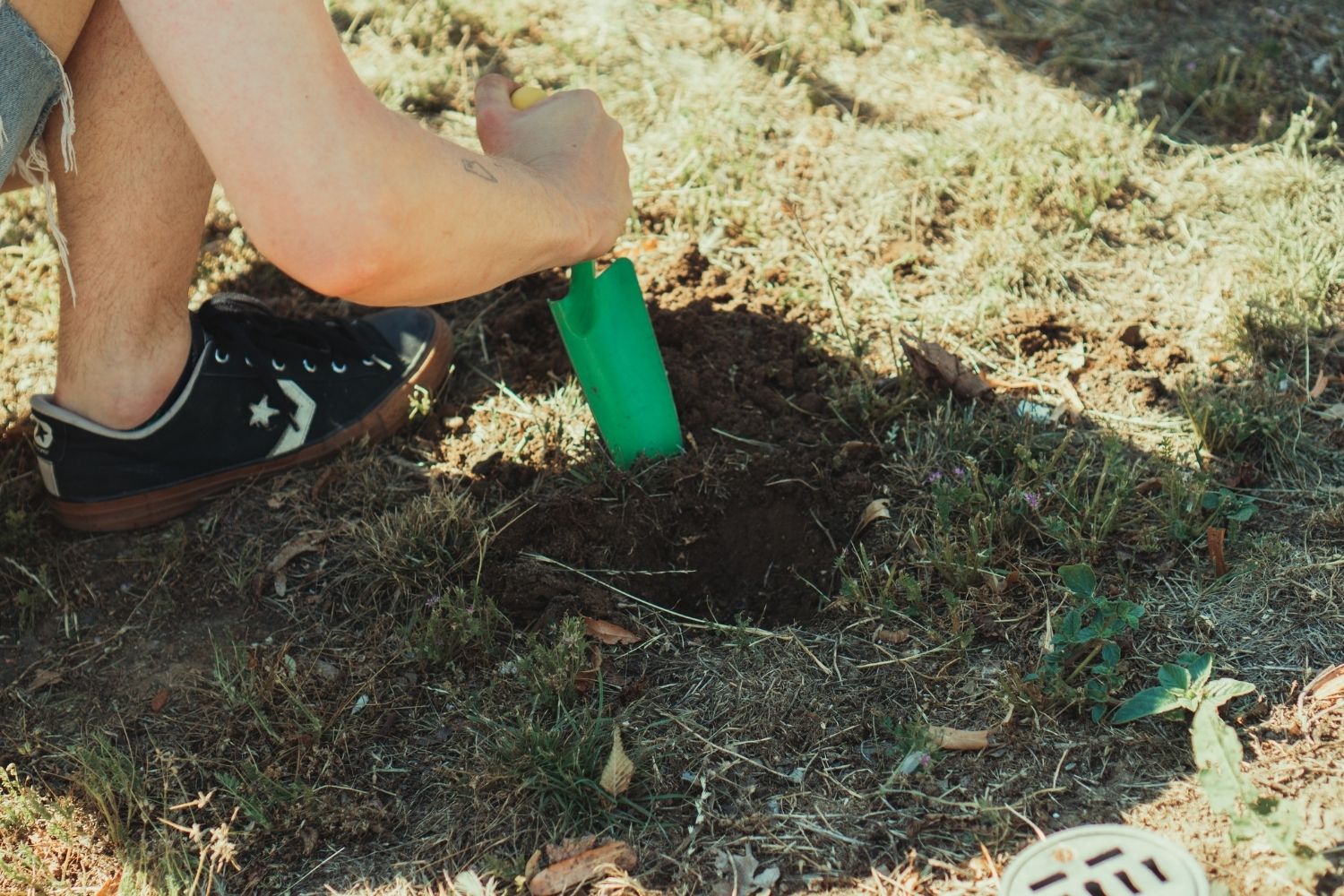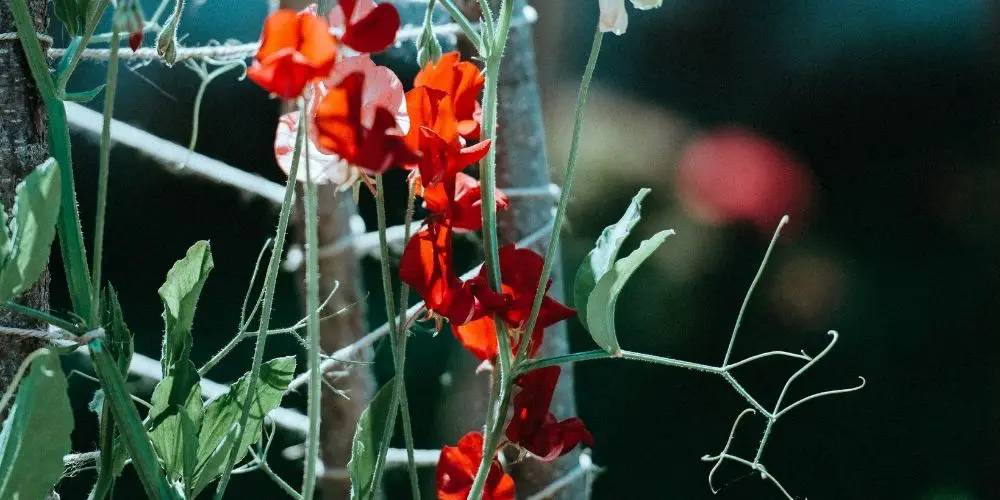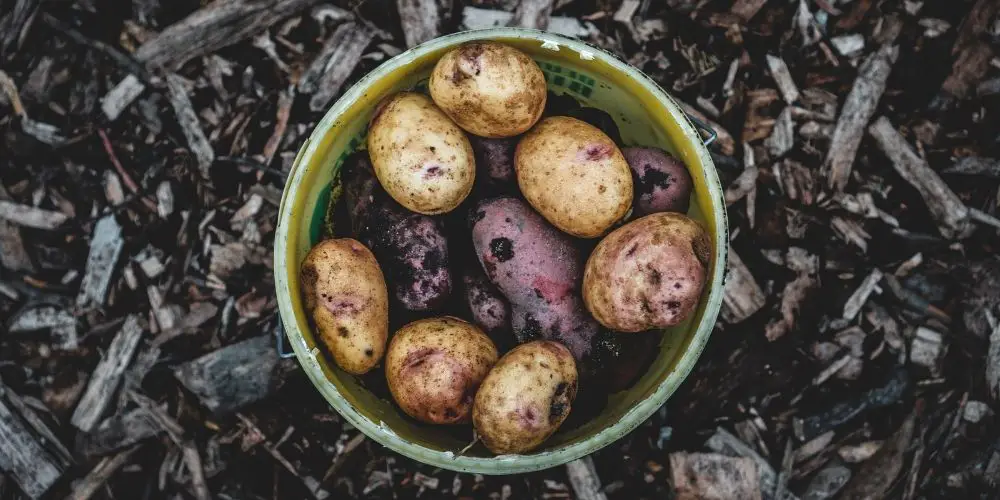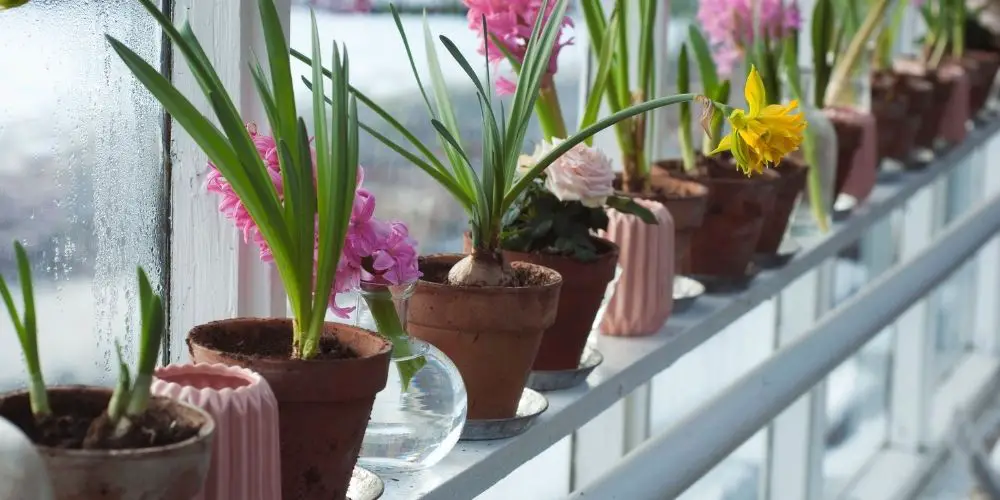It is better to dig wet soil because it could be strenuous to dig dry soil, and your muscles can get tired. Dry soil will have a harder time giving in under pressure, so the stresses on your body would be greater. Wet soil will give in easier due to the presence of more water molecules in their place. This means wet soil is less likely to hurt you when being dug up.
What’s the difference between digging in wet and dry soil?
When moist, soils can be difficult to manage due to their softness and tendency to clump together. Therefore, it is often recommended that digging in wet soil should only be done if you have enough time. On the other hand, many gardeners prefer to dig in dry soil for convenience and speedy results.
However, this may unintentionally compact the soil, making it harder for plants’ roots to get through. Thus, preparing dry or moist soil should not be viewed as a superior method but rather comes down to personal preference, time available, and your tools at hand. Your best bet is to try both methods to see what works well for you.
- Top 3 Types of Shovels that any gardener needs
- 8 Essential Tools That Professionals Keep On Hand
- How to find the most useful gardening tool for you
What are the pros & cons of digging in dry or wet soil?
Wet Soil Pros:
- Digging wet soil moves the soil from one place to another, allowing you to dig a large area quickly. This is useful for planting trees and shrubs, as well as creating designs around your garden.
- Although it may be harder to dig into moist soil with handheld tools, it can be easier with shovels, spades, or powered equipment that does not rely on the user’s strength alone. Wet soils are also less likely to stick to your gardening implements, making them easy to clean afterward.
Wet Soil Cons:
- If dug too shallowly, seeds planted in wet soil could rot due to exposure to the elements.
- Moist soil does not hold its shape and can become quite soft, making it difficult to dig out and transport. Therefore, you may need a truck or trailer to take away excess soil.
Dry Soil Pros:
- Digging dry soil is often preferred by many gardeners for convenience and speed. As such, preparing your vegetable patch in advance is easy with this method as there is no waiting time required for the moist soil to dry out before using it. It also minimizes any soil compaction, which can be helpful if you use hand tools or lightweight spades. You can also improve its structure by adding fertilizers and other additives to increase productivity later on.
- Digging dry soil is not as hard on your tools and may not require washing them afterward.
Dry Soil Cons:
Digging dry soil by hand can result in back pain. Therefore, it is recommended that you use lighter hand tools such as spades to avoid injury. Digging dry soil with powered equipment requires extra caution as the machinery can ‘bounce’ off the ground, making it harder for you to control and potentially causing damage to your plants and garden if done incorrectly.
What equipment should I use for digging wet or dry soil?
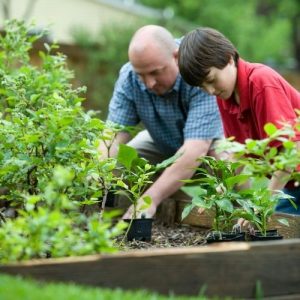
- Shovels & Spades: They are ideal for moving large quantities of soil but need plenty of muscle power, making them unsuitable for those who suffer from back problems or muscle weakness.
- Hand Trowels: If you plan to dig a small area or need to get into compacted soil, these can be ideal for breaking up the dirt and allowing water and air in. They are lightweight, which makes them easier to transport without straining your back muscles too much.
- Fork: Perfect if you want to add extra aeration and space to your vegetable patch (if you’d like to grow carrots, make sure that you add manure beforehand) but will still require some physical effort!
- Hand Rake: Hand rakes are fantastic tools for removing stones, leaves, or anything else from the soil’s surface before planting anything. This may take more time, but they are lightweight & easy on your body.
- Rotavator: A rotavator will help you prepare the soil faster than using a spade but is heavier and therefore less suitable for those who suffer from back problems or muscle weakness.
- Pitchfork: If you plan on digging up your lawn or preparing your vegetable patch, then this could be useful, although not everyone has one of these by default!
Best equipment for wet soil?
- Shovels & Spades: These are your best bet when it comes to digging in wet soil. They do not need to be used with force but rather carefully to create the desired shape for planting.
- Hand Trowel: For use on small areas of wet soil (not suitable for any other type)
Best equipment for dry soil?
- Shovels & Spades: As before, these are great tools in this case as you will not need to apply much pressure to dig into the dry soil. The added advantage is that they will require very little cleaning afterward!
- Hand Rake: If you’re looking to loosen up the surface of the soil, then this could be an ideal tool if you’re digging in dry soil.
- Rotavator: Although heavier, a rotavator with the right attachments will be able to dig up large chunks of dry soil without much effort required by you. They will help break down larger aggregates and remove any stones hidden beneath the surface, perfect if you plan on planting anything in your garden soon.
- Pitchfork: Pitchforks are fantastic tools for breaking up the hard, dry soil and eliminating any grass or weeds. However, make sure that you use them carefully as they may damage your plants.
Conclusion
If you need to dig wet soil often/in large quantities, buy a shovel. If you don’t plan on digging too often and just want something lightweight & easy to transport when required, buy a hand trowel.
If your main priority is breaking up large clumps of dirt to add air and water into the soil, then a rotavator can help with that.

